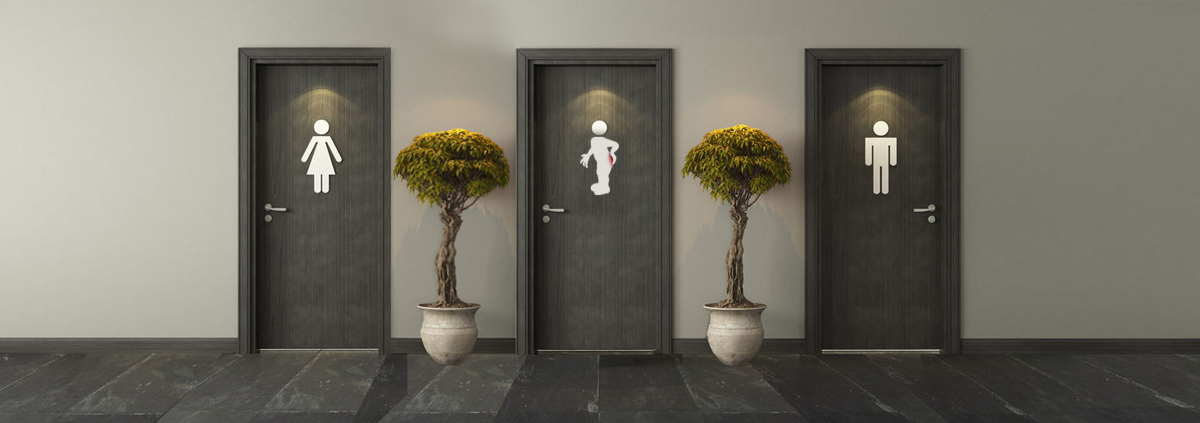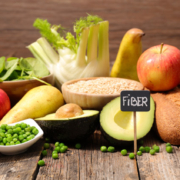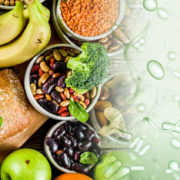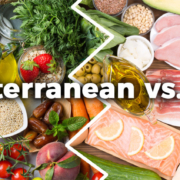The Downsides of Going Keto
News stories about the side-effects of the still-popular ketogenic diet are showing up more frequently, so let’s review those this week and look at what you can do to address the issues while still attempting to stay in ketosis.
The first side effect is generally diarrhea. With the newer version of the ketogenic diets, the emphasis is on fats and oils, which make up the majority of calories, with protein second, and carbs last. Two things seem to contribute to diarrhea. The first is the use of fats containing high amounts of medium-chain triglycerides (MCT) such as extra-virgin coconut oil and other oil products made with added MCT. The reasons are unknown; it’s most likely related to changes in the microbiome due to the radical change in diet, but it may be that it’s a question of volume of MCT. Oils such as olive oil don’t seem to cause the problem. The solution to this problem may be experimenting with different oils to find the ones that work better for each individual.
The other reason the keto diet can cause diarrhea is a lack of fiber. The keto eating plan has no significant source of fiber in a diet without grains, beans and legumes, and vegetables; a couple cups of lettuce aren’t going to help very much. Soluble dietary fiber supplements may help, whether psyllium, inulin, or other fiber sources. Begin slowly by adding 5 grams a day mixed with water and slowly increase it to 15 or 20 grams spread out over the day. It can add bulk to the stool and stop what has been described as explosive diarrhea.
More on Thursday. Tomorrow is the Insider Conference call. There’s time for you to join before tomorrow’s call at 9 p.m. Eastern Time. What are you prepared to do today?









